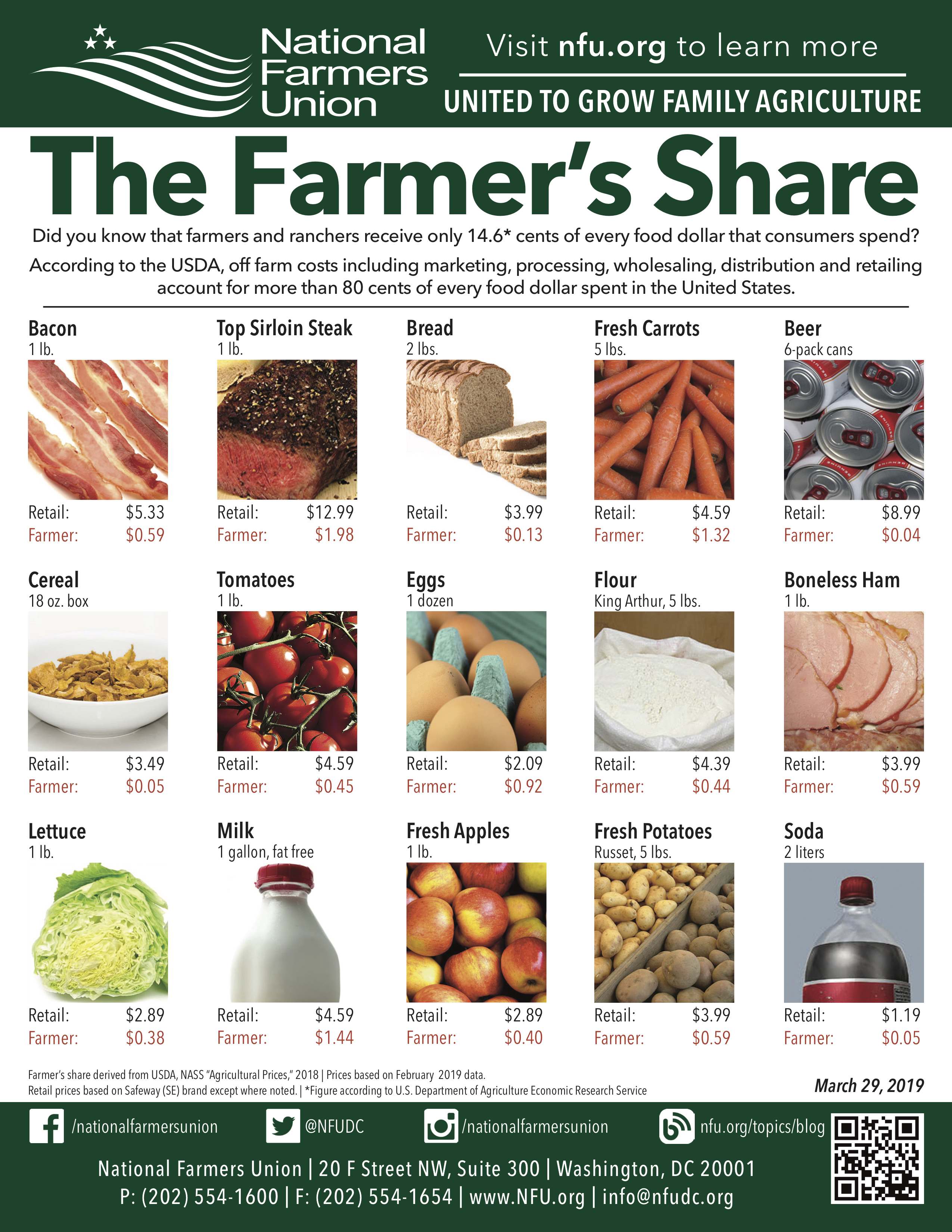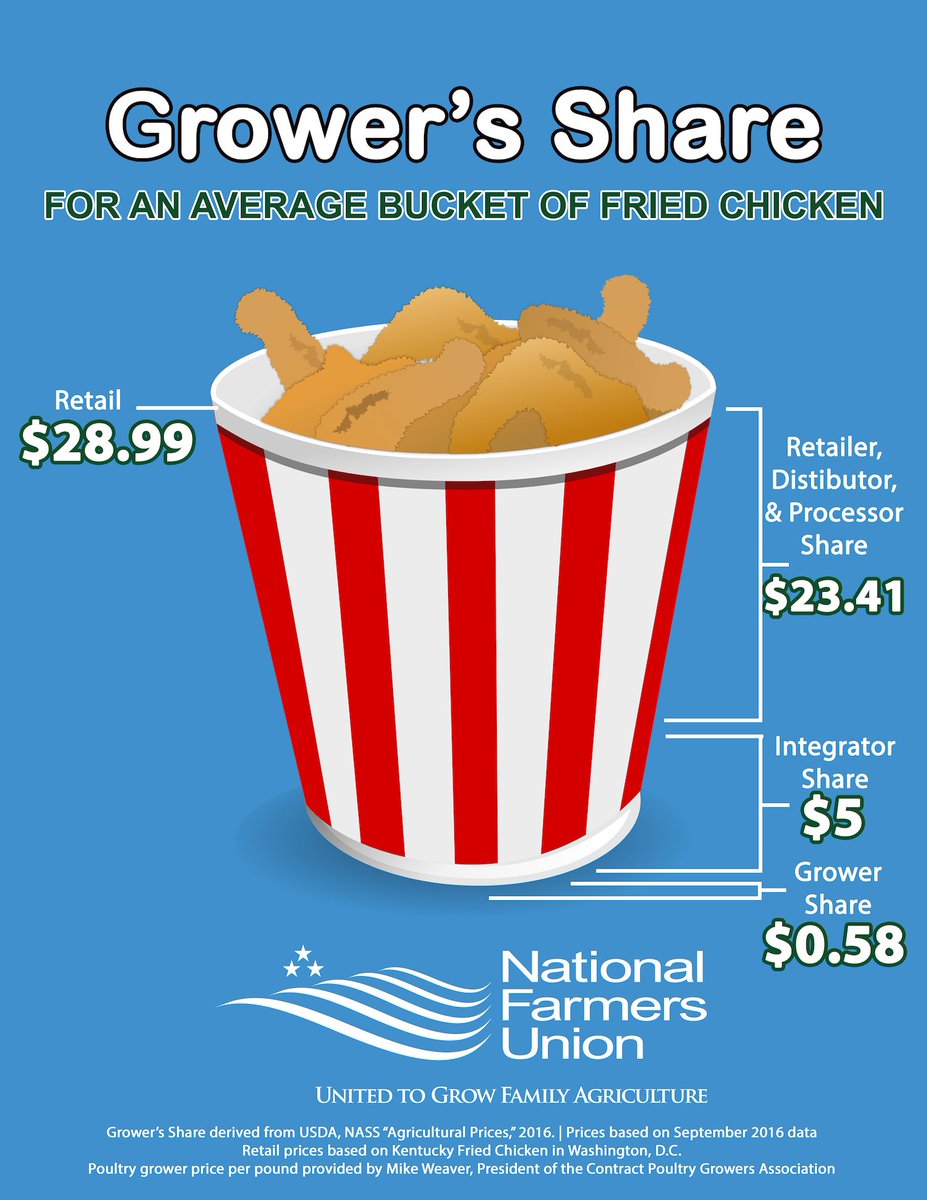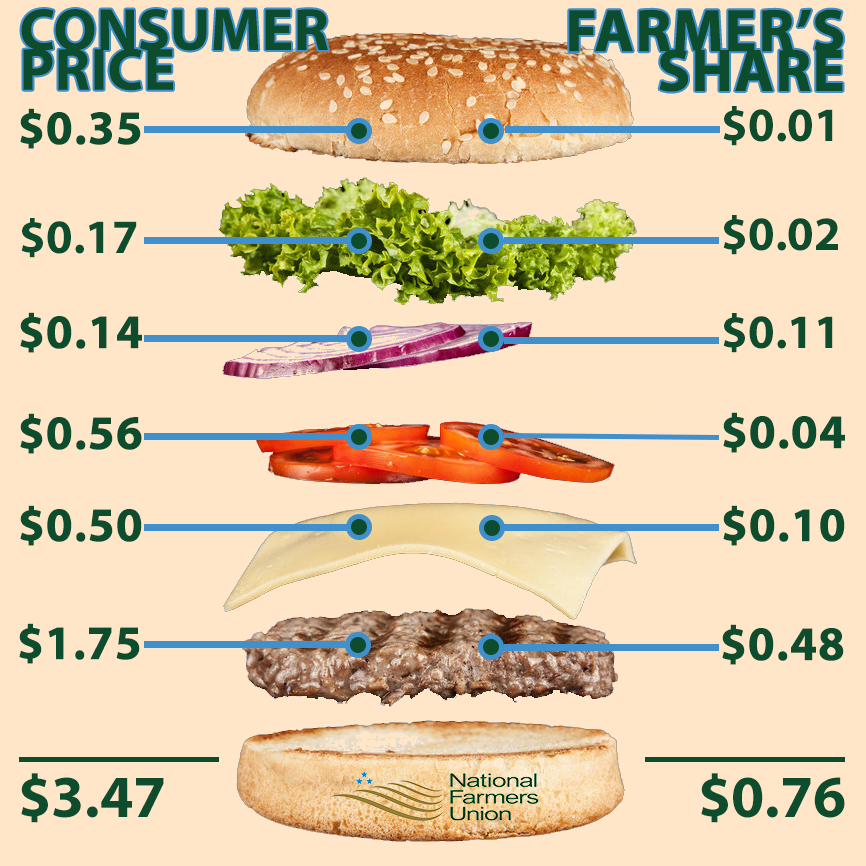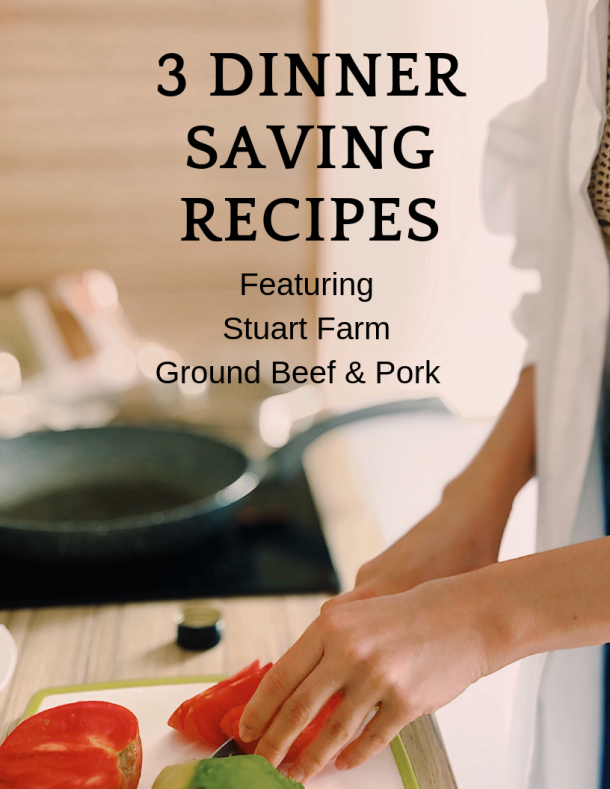When you buy a pack of steaks or pound of tomatoes at the store, do you know how much of that goes to the farmer who produced it? You may be surprised.

Right now (May 2019) at the sale barn, hogs are going for 50-60 cents per pound live weight. A 300 lb hog will bring $150-180. Can you imagine? The labor in raising a hog for 5-7 months, feeding it, watering it, the equipment, the fencing and/or barns, etc. YIKES! But at that sale price, you make about $1 per day per hog.
To make any money in that system, you have to have quantity. For the 10 or so hogs we butcher a year, there’s no way we could survive. You have to raise hundreds to make it worth it. And the more you raise, the more efficient it must be or you lose money. That’s where concentrated animal feeding operations (CAFOs) come in. That’s another post, but basically, farms where pigs are housed on concrete, cattle in dirt lots, and chickens in buildings. Some or all never get to be on pasture.
So if you want the farmer to get more of their share and you don’t want to support CAFOs, what can you do?
1–Buy from small local farms like ours.
Your money goes directly to us and into our community. Not a middleman, not a distributor, not an advertising company. Your money goes to us and the companies we buy from.
We buy as much as we can from local farmers, small businesses, and locally. We get corn and wheat from farmers that grow on our family farm and within a 15-mile radius. Our soybean meal comes from a co-op in southern Missouri. We buy chicks from a family farm in Pennsylvania. We buy from local mills, MFA, Orchlens, and local auctions.
2–Use your food dollars to make a statement about how you want animals raised.
We have a lot of customers that struggle with knowing where their food comes from. If you think seeing the pictures is hard, I can assure you having them in your life every day makes it REALLY hard come butcher day. But putting your food dollars into a farm that raises animals humanely and allows them to live how they are meant to, does send a message to Big Ag.
Farms like ours, make up less than 5% of the pork consumed in the US. Big AG wants that back, so don’t be fooled by their marketing. Just because they don’t use farrow crates doesn’t mean pigs are on pasture wallowing in the mud. Just because it says free-range doesn’t mean chickens are frolicking in the meadow. Unless you can go and see the animals, you won’t know for sure how they are raised and treated.
3–You can also make a statement about how you want the environment cared for.
A lot of farmers raise a variety of livestock that work together. Cattle before goat/sheep, then chickens, then some rest before the cattle start to graze again. Pigs root up unproductive ground for re-seeding. The soil is never over-fertilized or tilled. Chemical pesticides and herbicides aren’t used. Soils are built up with organic matter from winter pasture feeding or bedding. Waterways are protected and native plants are left to flourish.
Agriculture practices change when it’s profitable. Every time you purchase from a farmer using sustainable organic practices, the farmer who isn’t, takes notice and hopefully, one day will make the changes.
When you buy from someone you can talk with, ask questions, and really understand what and why they do what they do, you can make an informed decision about where your food comes from and what your food dollar supports.
Do I want you to buy from us? Of course! But I would be just as happy knowing you found a farmer you like and trust to provide your food. Ask questions. Go to the farm. Know your farmer. It will make a world of difference in the food you eat and in a farmer’s life.



Leave a Reply